Lychee loaded on ship for export
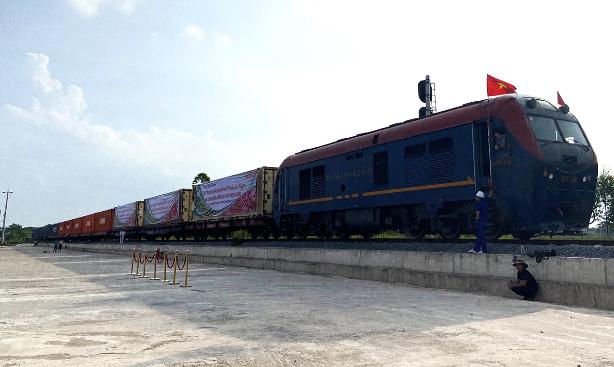
Train carrying fresh lychee for export at Kep station.
Having just experienced a successful lychee export season, Ms. Vu Thi Nhu, Director of An Export Company Limited, said that this year is the first time her company has officially exported lychee to China by rail.
By rail, lychees reach China's largest commercial centers such as Shanghai, Beijing, and can even reach Russia and other countries easily.
"Every year, we consume over 1,000 tons of fresh lychees. Previously, the company could only transport lychees by road and air, which took a long time and was expensive," said Ms. Nhu, adding that rail freight rates are stable, including from the company's warehouse to the station, and are not as dependent as road freight, which often doubles during peak season.
It is known that the cost for a refrigerated container transported from Luc Ngan ( Bac Giang ) to Bang Tuong (China) is about 30 million VND and a regular container is about 20 million VND.
After fully loaded, each train will carry about 20 containers for about 12 hours (including customs clearance time) to Pingxiang, before being transferred to Yixing market (Shanghai) for presentation.
Satisfied with the service and freight rates, Ms. Nhu is still worried that if the volume of goods increases, the current small container yard and narrow road leading to the yard will cause obstacles and congestion.
Ms. Nhu's concern is also the concern of the railway industry. A representative of Vietnam Railways Corporation ( VNR ) said that in recent years, the growth rate of international freight transport by rail has increased by an average of 12% per year.
In 2022 alone, the total volume of goods transported by rail will be 5.67 million tons, of which international freight will be 1.33 million tons (accounting for 24%) from Vietnam through China and transiting China to third countries.
Upgrade stations and warehouses

International freight train at Yen Vien station. Photo: Ta Hai.
According to the Vietnam Institute of Transport Strategy and Development, it is forecasted that by 2030, the demand for international rail transport could reach 8-9 million tons/year. However, the current capacity of the railway infrastructure can only handle 4-5 million tons/year.
According to Mr. Pham Hoai Chung, Deputy Director in charge of the Institute of Transport Strategy and Development, during the review and development of the "Plan to improve international intermodal transport capacity by railway by 2030" (approved by the Prime Minister ), the unit found that railway freight stations were both lacking and weak.
Except for a few newly invested and upgraded stations such as Lao Cai, Yen Vien, Dong Anh, Phan Thiet, Trang Bom, which have warehouses, platforms, and yards that basically meet requirements, the rest are degraded, small, and do not meet the needs of mechanical loading and unloading.
The entire railway network has only 4 stations with cargo yards and equipment qualified to load, unload and store containers, including Lao Cai, Dong Anh, Yen Vien and Trang Bom.
Similarly, the total warehouse area of the existing stations is more than 38,000m2, but most of the investment was made many years ago. None of the warehouses meet the standards for storing and preserving fresh goods and high-value goods.
According to Mr. Dang Sy Manh, Chairman of VNR's Board of Members, to open an international transit station, it is necessary to meet minimum conditions such as an area of 10,000m2, warehouse standards, yard standards, working area for customs agencies, inspection area, railway loading and unloading...
Railway transport enterprises must also invest or cooperate in investing in building new, renting locomotives and carriages for international freight transport...
Mr. Tran Thien Canh, Deputy Director of Vietnam Railways, emphasized that a master plan is needed for goods sources and cargo terminals capable of international transport by rail to synchronously invest and upgrade station and vehicle infrastructure.
Currently, the Department is selecting about 15 - 16 stations to evaluate, review, include in planning, and arrange investment capital in the next medium term.
In the immediate future, the Ministry of Transport has included upgrading warehouses, loading and unloading roads and other works at some stations in the medium-term railway infrastructure renovation and upgrading projects for 2021 - 2025.
Specifically, the Ministry of Transport has allocated investment capital for stations in the period 2021 - 2025 including: Dong Dang, Vat Cach, Kim Lien, Dieu Tri, Song Than. Priority items are building loading and unloading roads, warehouses, roads to the cargo yard...
After investment, Dong Dang station will increase its throughput capacity from the current 0.6 million tons/year to 2.5 million tons/year; Song Than station from 1.6 million tons/year to 2.5 million tons/year...
For stations such as Kep, Sen Ho, Dong Anh (Hanoi - Dong Dang route), Lao Cai (Yen Vien - Lao Cai route), it is expected that investment will be made to renovate and upgrade in the period 2022-2025. The total investment for all 7 stations is expected to be 867 billion VND.
In the 2026-2030 period, continue to invest in building international transit stations on the two North-South and East-West corridors according to the plan, prioritizing Ngoc Hoi, Lac Dao, Bac Hong, Trang Bom stations...
The main objective of the Plan to improve the capacity of international intermodal transport by railway by 2030 approved by the Prime Minister is to increase the output of imported and exported goods by railway from 1.1 million tons in 2021 to 4 - 5 million tons in 2030. Of which, goods traveling on the North - South route, Hanoi - Dong Dang will reach an output of 3 million tons/year; the Hai Phong - Yen Vien - Lao Cai route will reach 1.5 million tons/year.
Source: https://www.baogiaothong.vn/duong-sat-lien-van-quoc-te-cho-don-bay-ha-tang-192230912095437257.htm


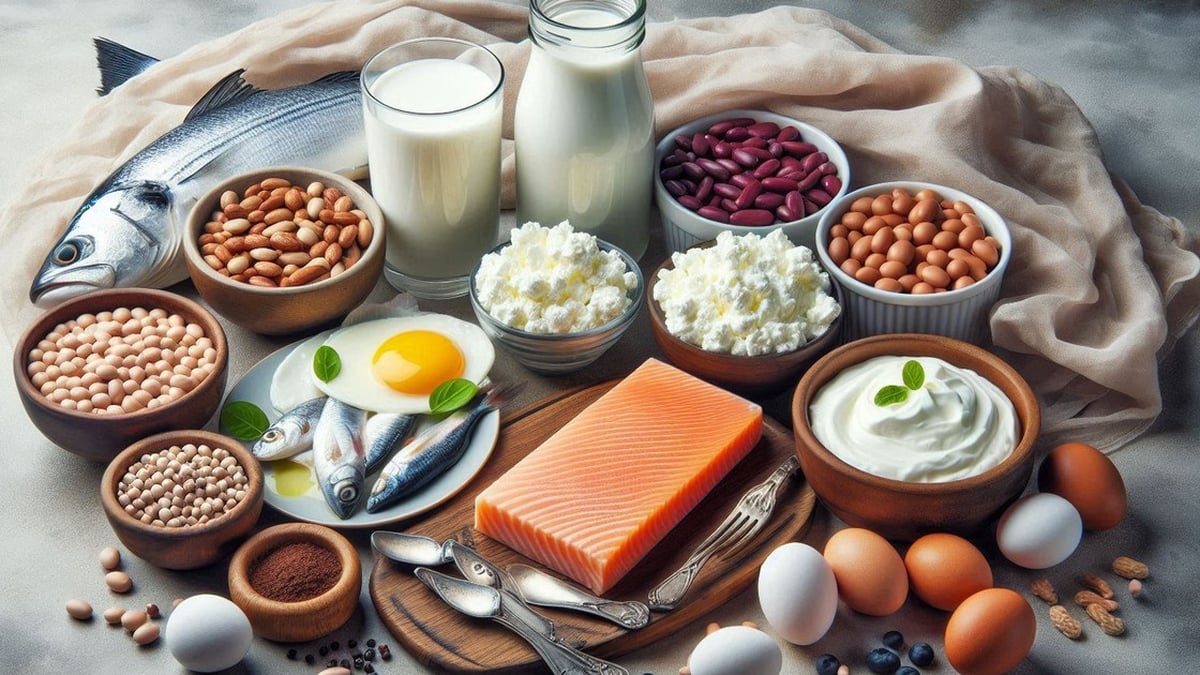


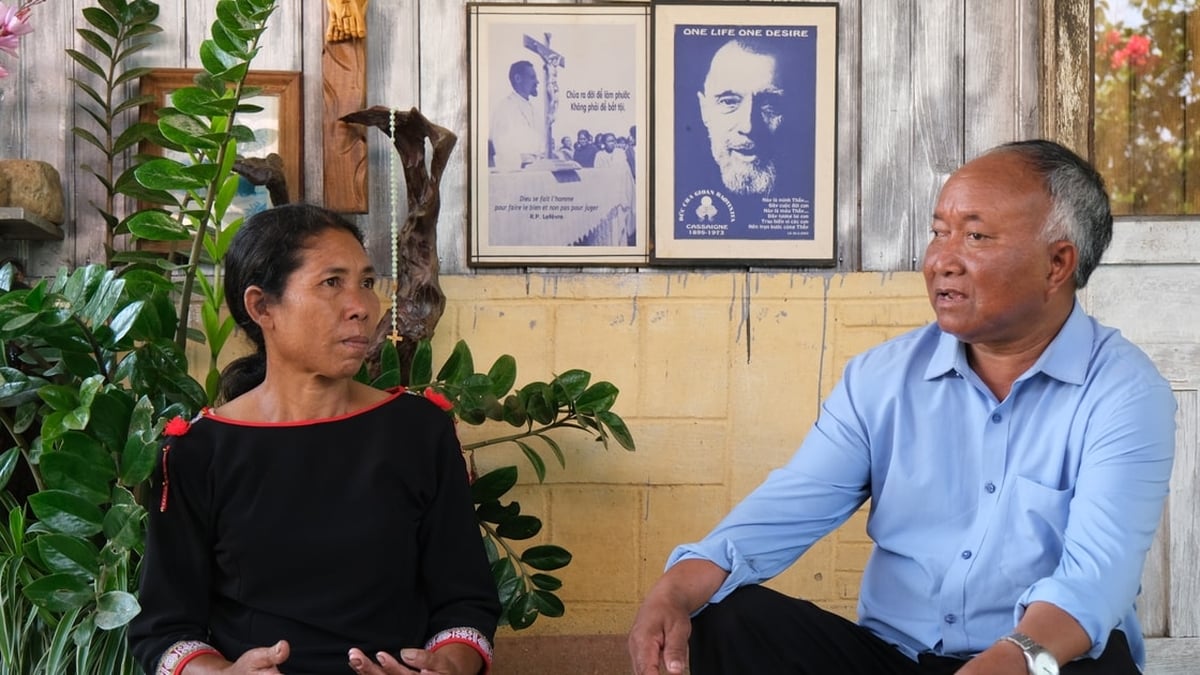

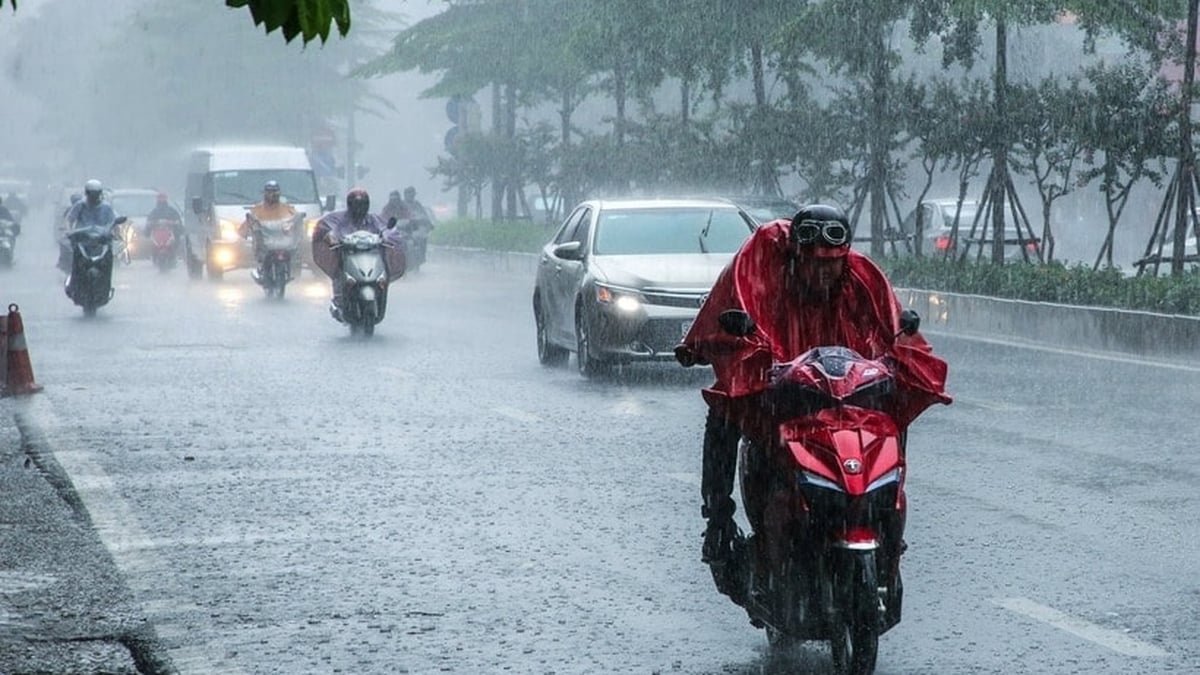
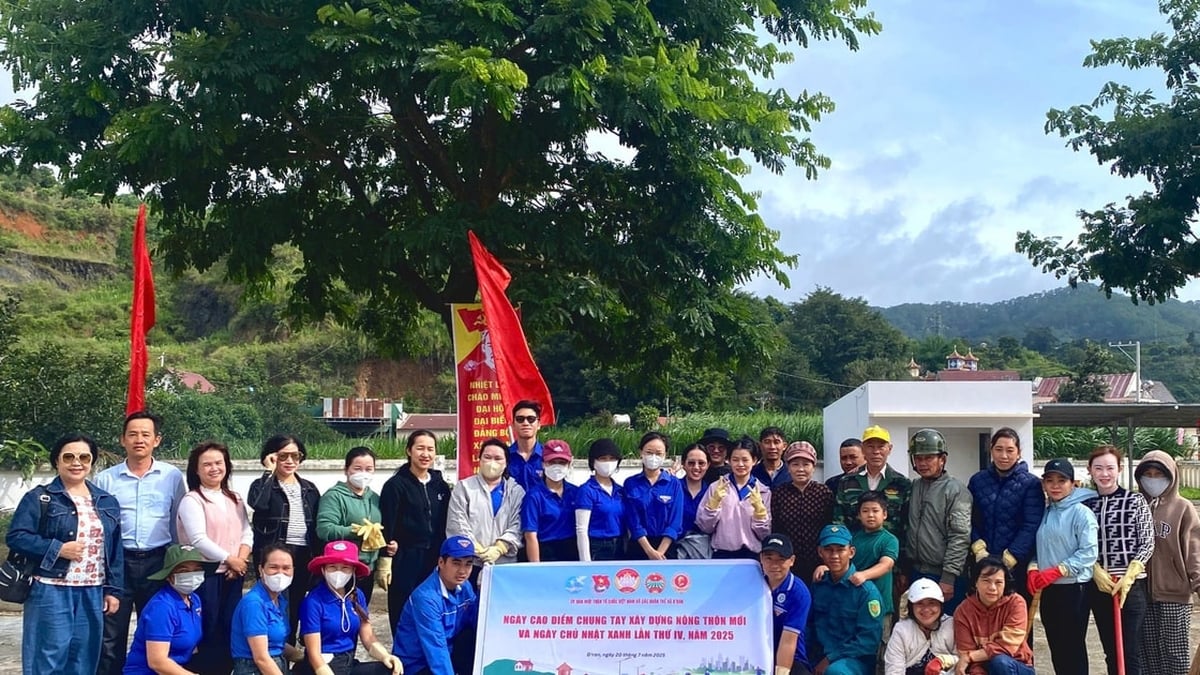
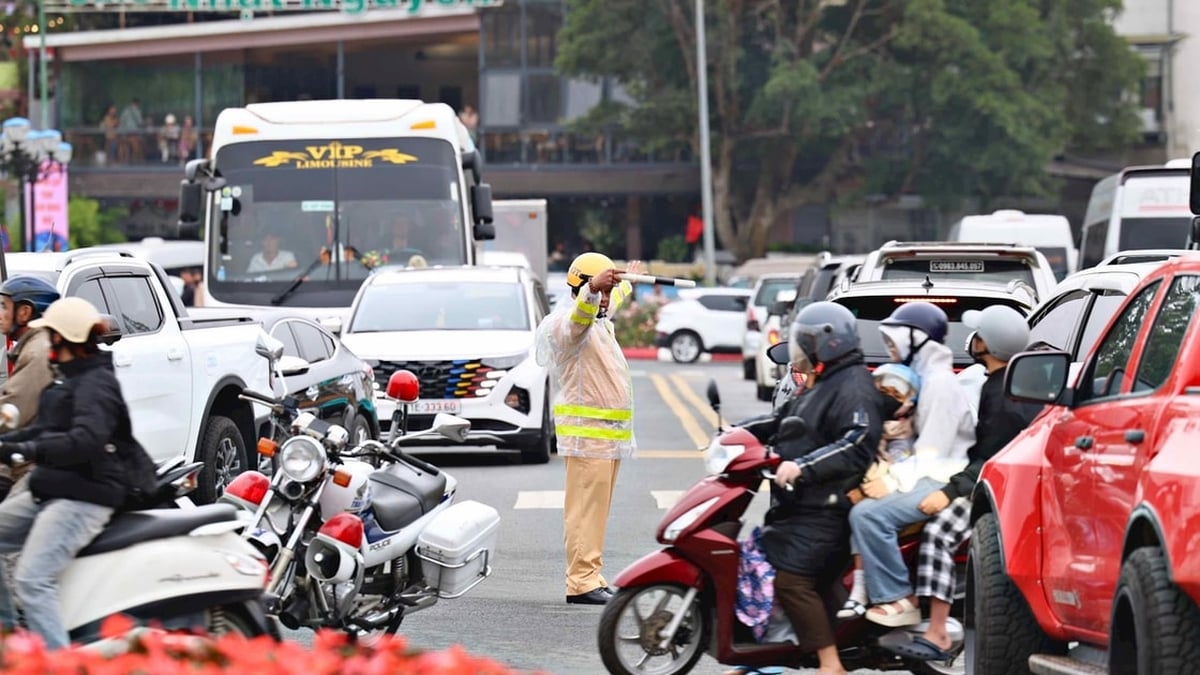
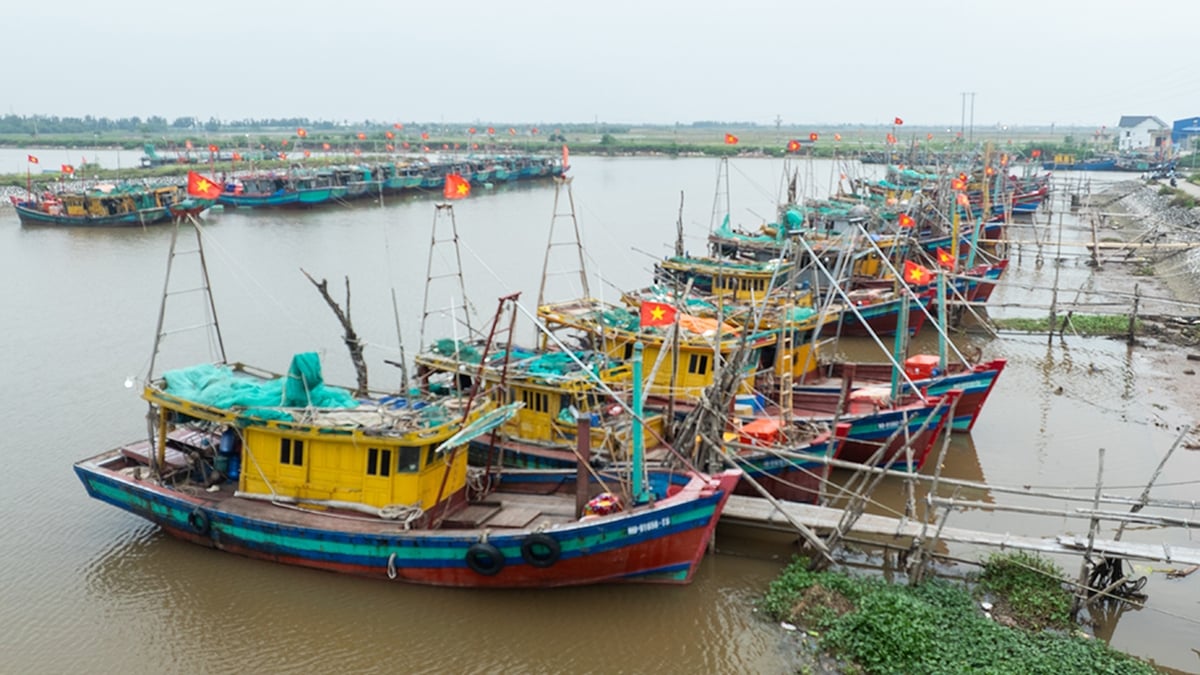
















![[Photo] National Assembly Chairman Tran Thanh Man visits Vietnamese Heroic Mother Ta Thi Tran](https://vphoto.vietnam.vn/thumb/1200x675/vietnam/resource/IMAGE/2025/7/20/765c0bd057dd44ad83ab89fe0255b783)








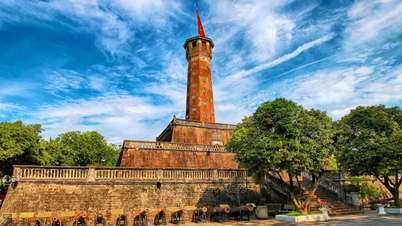























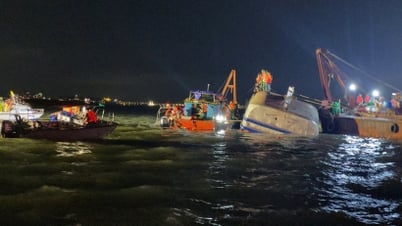


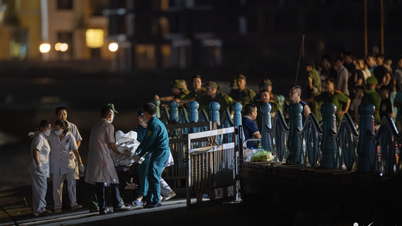

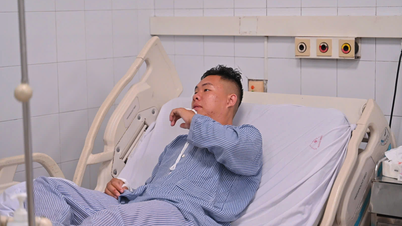
































Comment (0)